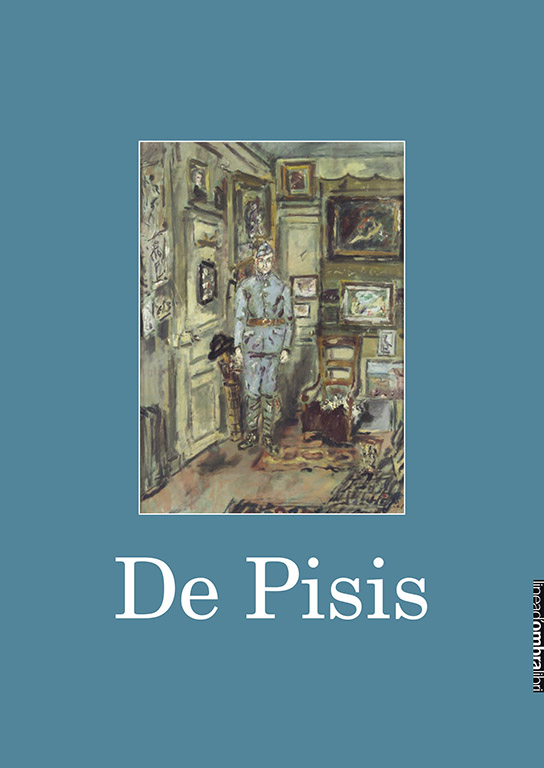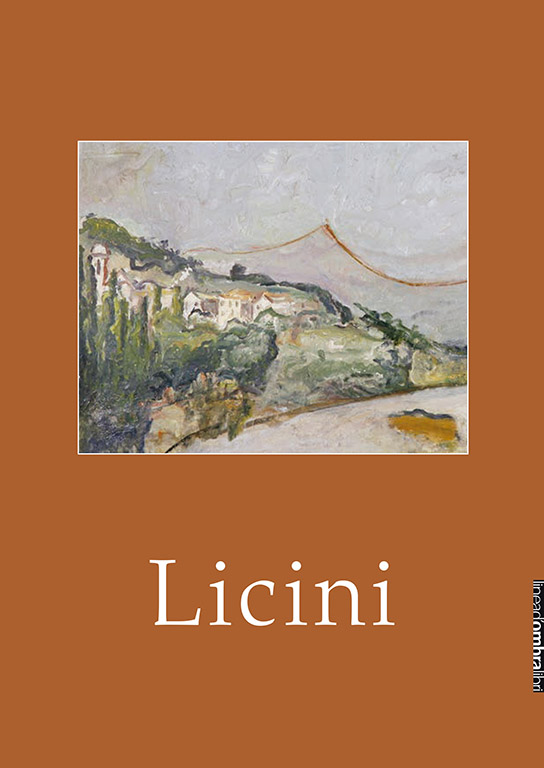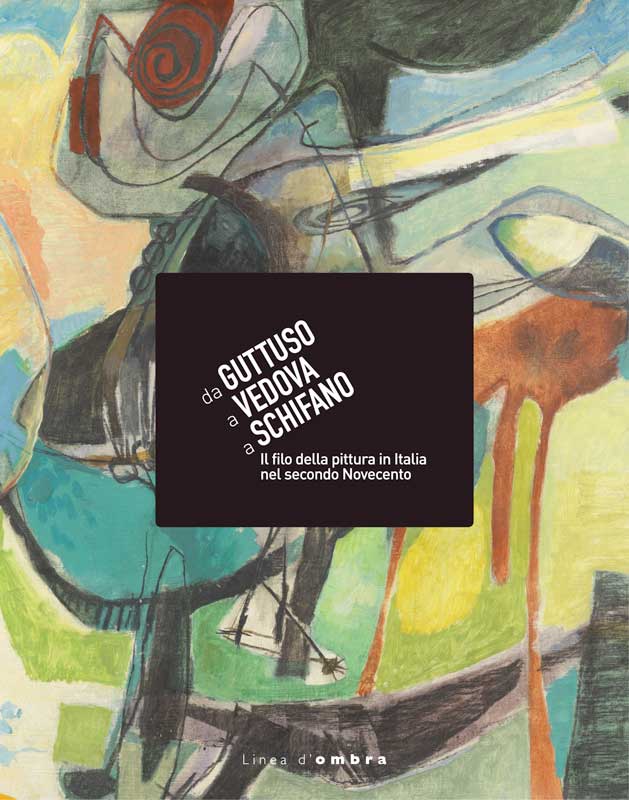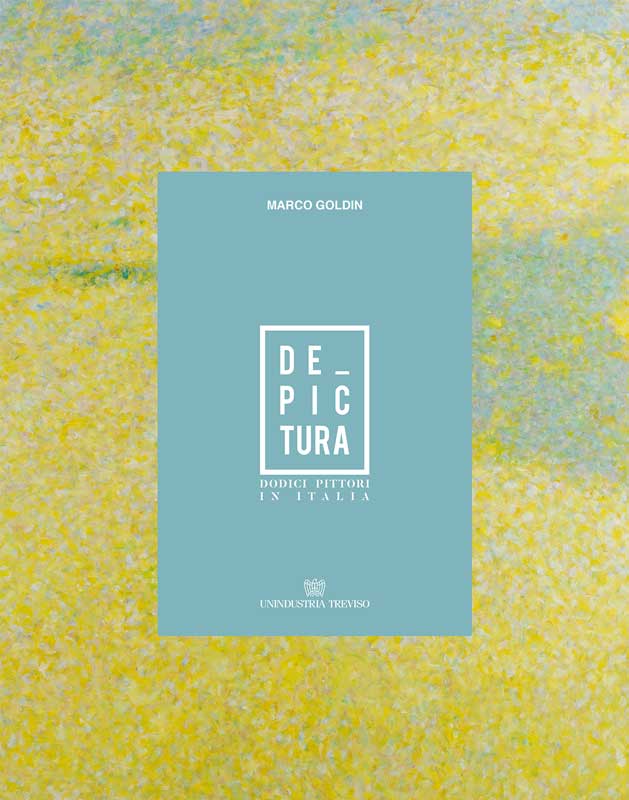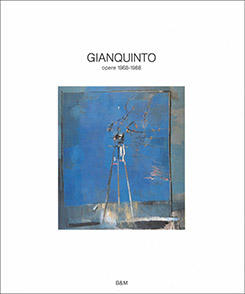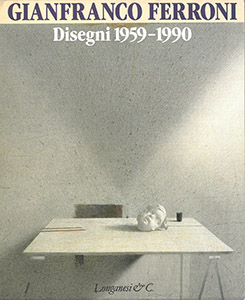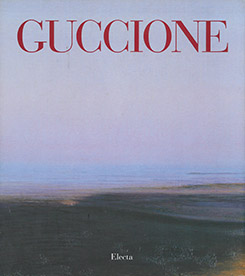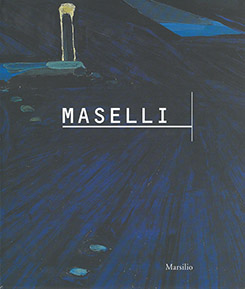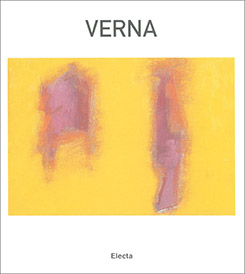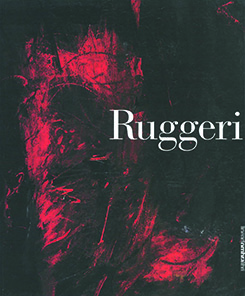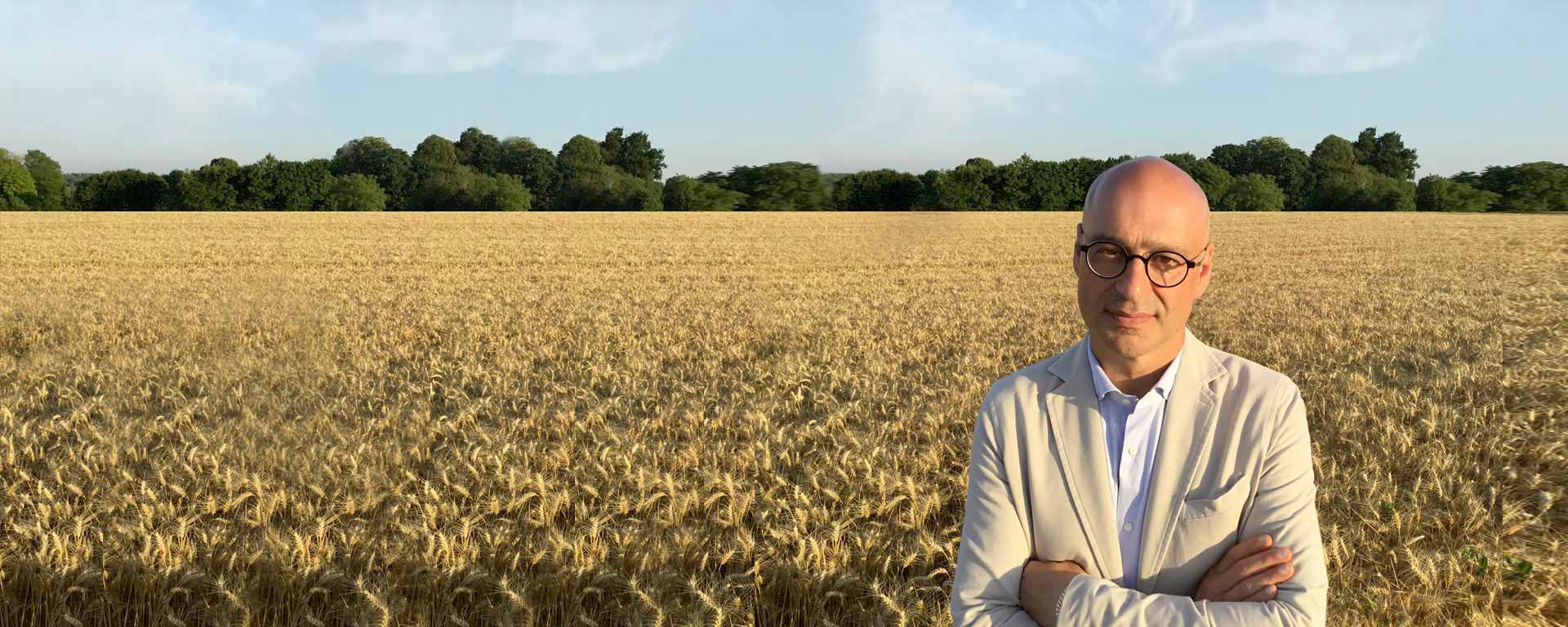

Exhibitions, studies and catalogues of twentieth-century Italian painting
In November 1988 the third in the long series of exhibitions at Palazzo Sarcinelli paved the way to what would be the true vocation of this exhibition venue and, most importantly, gave rise to the largest number of works by Goldin as a critic and curator. This was the retrospective exhibition on Alberto Gianquinto, the Venetian painter from the so-called “in between” generation.
Until 1997 Goldin’s activities as a critic, curator and writer had mainly been focused on Italian painting in the second half of the twentieth century, which had gradually made the Conegliano venue a reference point for studies on the subject in the whole of Italy.
He organised and curated several dozen exhibitions at the Palazzo Sarcinelli and also wrote the large catalogues. These exhibitions were, on one hand, devoted to artists born between the end of the 1920s and the mid-1930s and most of whom were to participate at the Venice Biennales in the 1970s, 60s and 80s and, on the other, to painters from the next generation, who were in their thirties at the time. Thus after the exhibition on Gianquinto, he curated retrospectives of artists such as Guarienti, Francese, Maselli, Clerici, Guccione, Ferroni, Forgioli, Savinio, Vallorz, Ossola, Sarnari and Vignozzi, while on the front of young painters he dealt with work by artists such as Velasco, Frangi, Papetti, Lacasella, Pignatelli, Massagrande, Martinelli, Michielin, Verdi and Polizzi. All of these artists were soon to rise to prominence on the Italian scene.
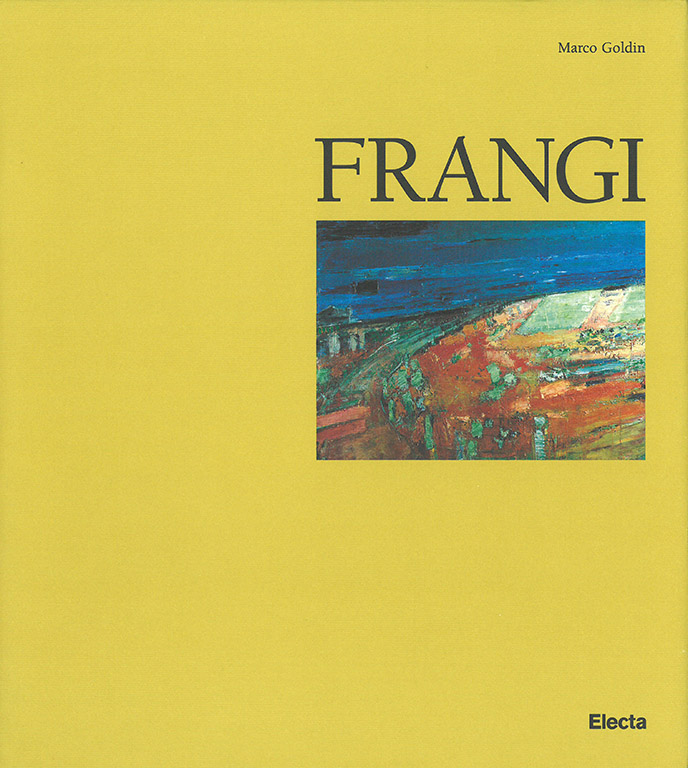
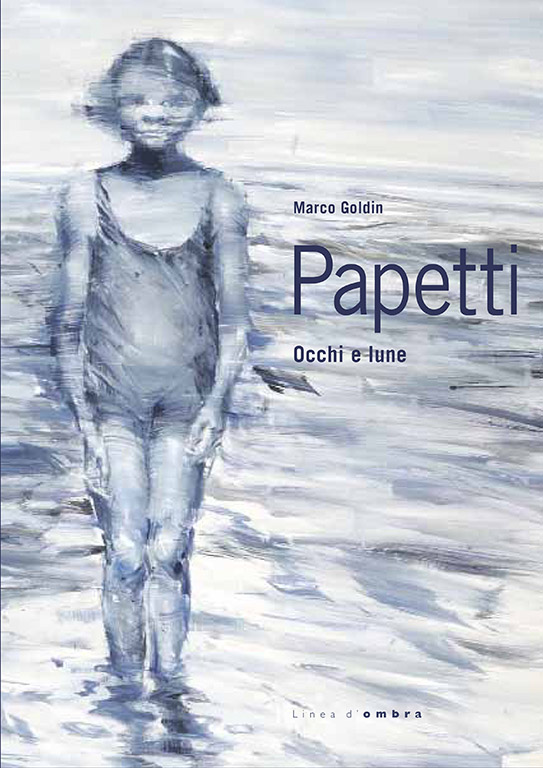
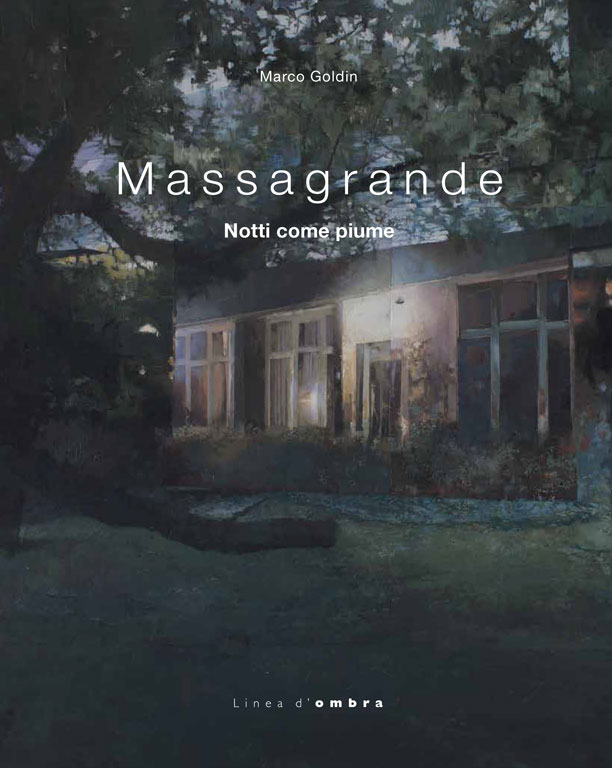
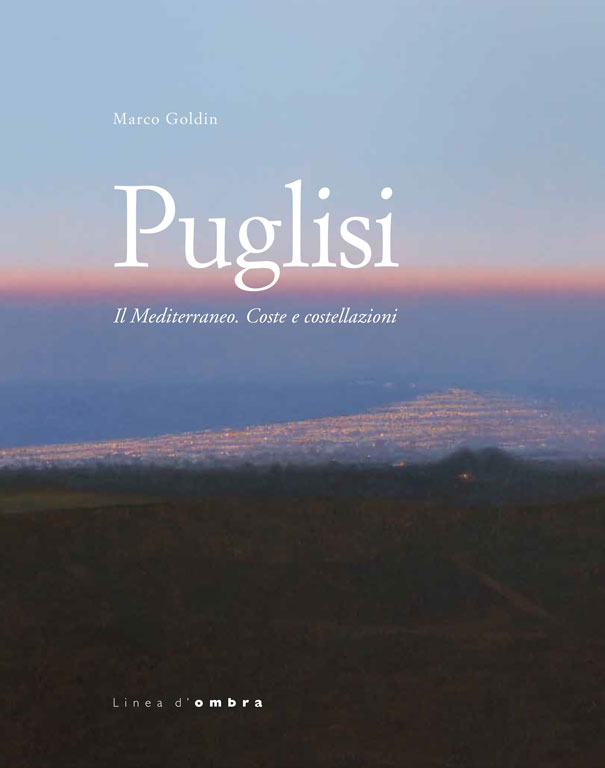
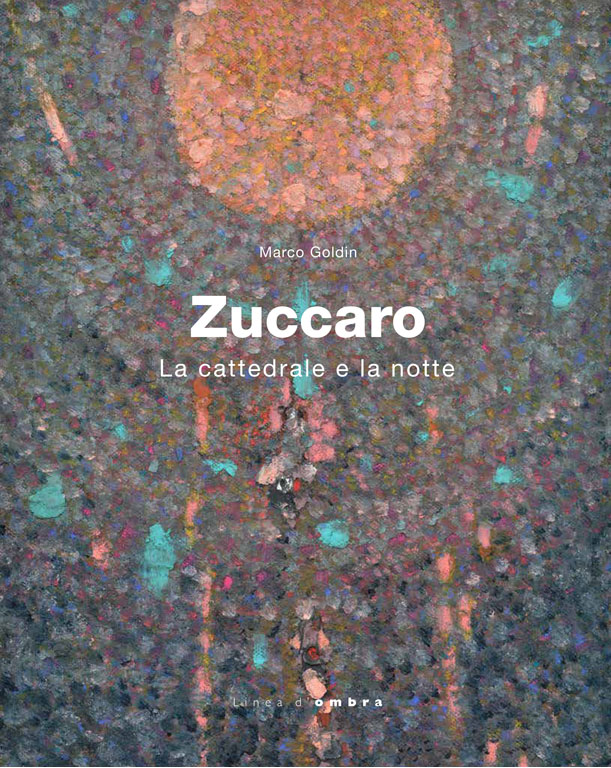
In 1995 two exhibitions marked a watershed as a result of further in-depth critical work. Firstly, Figure della pittura. Arte in Italia 1956/1968, a vast historical survey of Italian figurative art, in which for the first time he also touched on the significance of abstract and “informal” painting. But it was especially in a very long essay occupying the whole of the catalogue for Pittura come pittura, published by Electa, that he definitively changed his outlook as a critic. From then on he aimed to bring together and never again consider separately the often overlapping meanings of figurative, abstract and “informal” art. The choice of ten painters from the “in between” generation was his way of illustrating this development. The exhibition was interpreted as such by all the Italian critics from Tassi to Soavi and D’Amico, and since then has always been cited as a turning point in his contemporary art studies.
In 1996, a similar development enabled him to explain his love of late twentieth-century Italian painting. Two enormous Electa volumes, entitled Pitture, brought together forty artists born in the 1960s and ‘70s. Their art ranges from the most purely intellectual abstract works, verging on the conceptual, to strictly figurative works. The exhibition on the subject held at the Casa dei Carraresi, Treviso, was also the first to be organised by the newly founded Linea d’ombra.
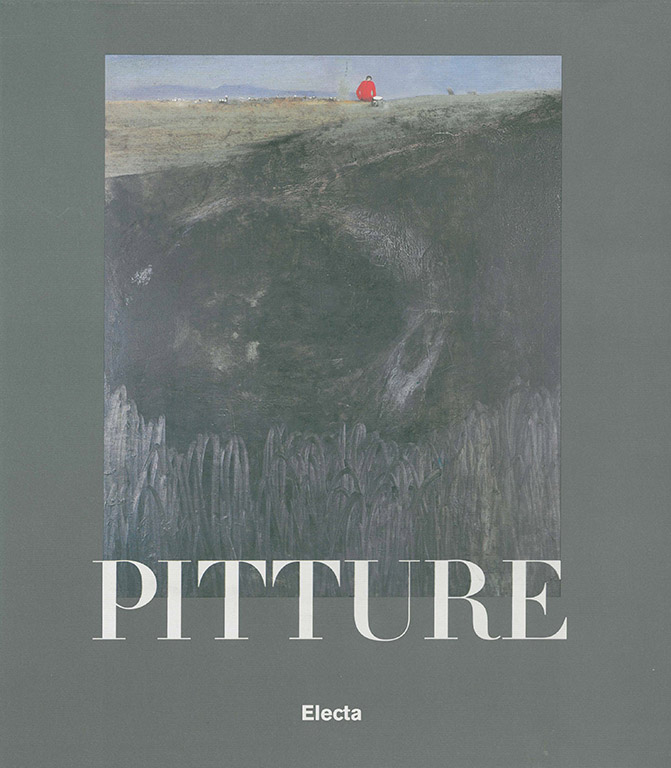
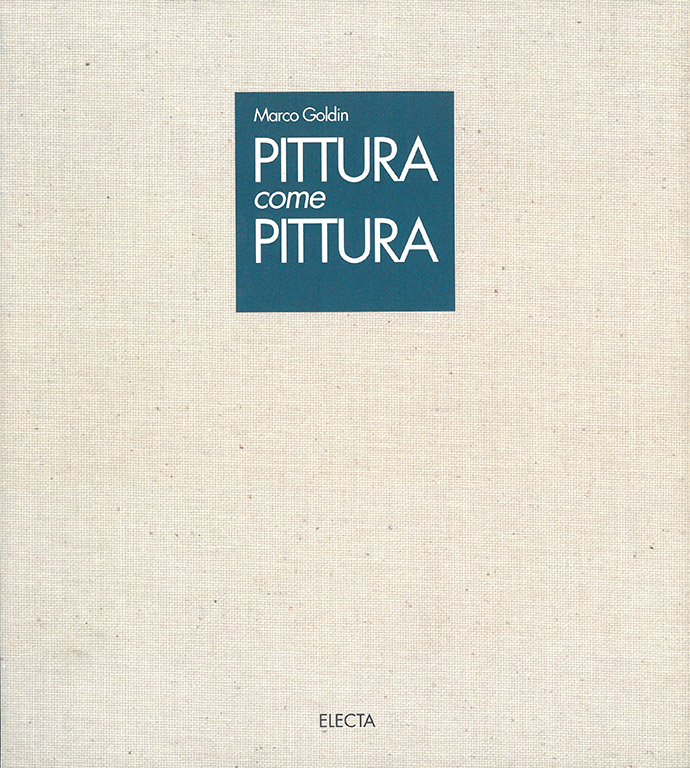
This marked the beginning of a series of very frequent retrospective exhibitions. 1996, for example, saw the largest exhibition (over 200 paintings and pastels) ever dedicated to Ennio Morlotti, the leading exponent of “informal” art in Italy, and 1998 the first retrospective exhibition on Mario Schifano, only a few months after his death, consisting of 160 historic paintings from dozens of private collections.
At the same time, also at the Palazzo Sarcinelli, Goldin began another series dedicated to the leading abstract and “informal” artists of the “in between” generation, with retrospective exhibitions on, for example, Bendini, Raciti, Verna, Strazza, Ruggeri, Olivieri and Lavagnino.
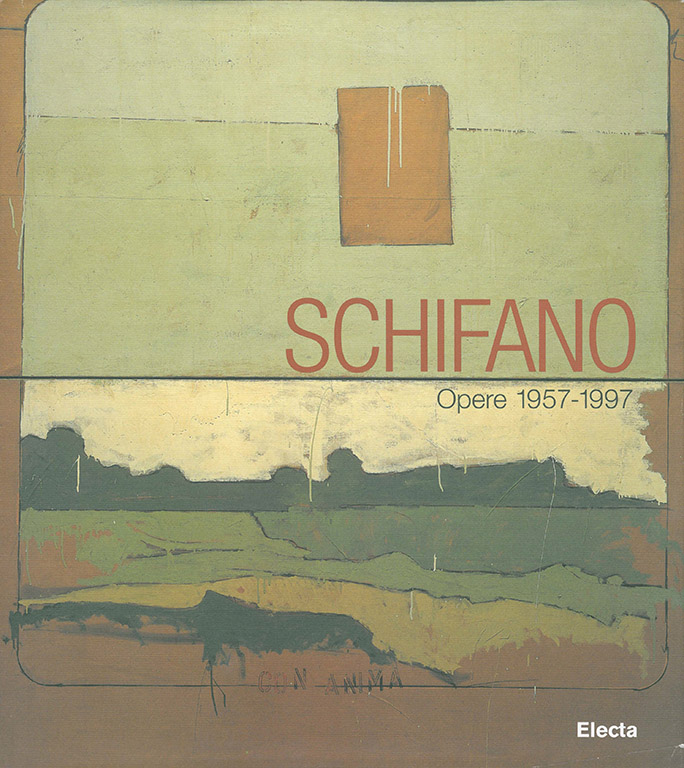
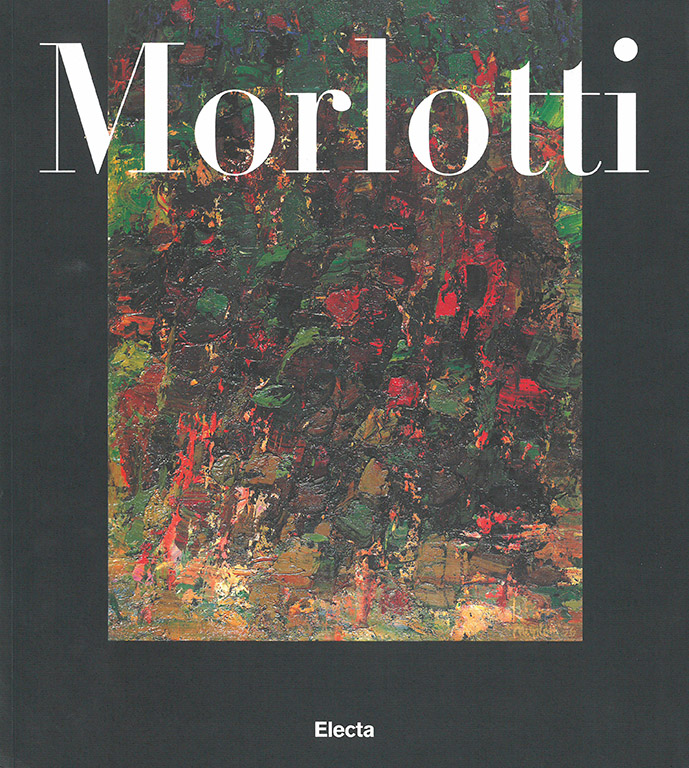
Outside Treviso, in 2003 Gorizia hosted the largest exhibition ever on one of the great painters in the second half of the twentieth century in Europe – Zoran Music. In this case, too, there was an extensive catalogue with essays by experts such as Jean Clair and Kosme de Barañano.
He continued with his critical activity focused on Italian contemporary painting with more exhibitions (Brescia, Villa Manin, Rimini, Genova, Bologna and Vicenza), although there were slightly fewer from 1998 on due to his commitments to international events. At times he returned to artists that he had previously studied, and he also promoted interest in rediscovered artists such as Arnoldo Ciarrocchi, a painter but especially a masterful engraver born in the early twentieth century in the Marche. Much more often, in this decade, he curated exhibitions on Italian artists in their forties, such as the two Sicilians Puglisi and Zuccaro.
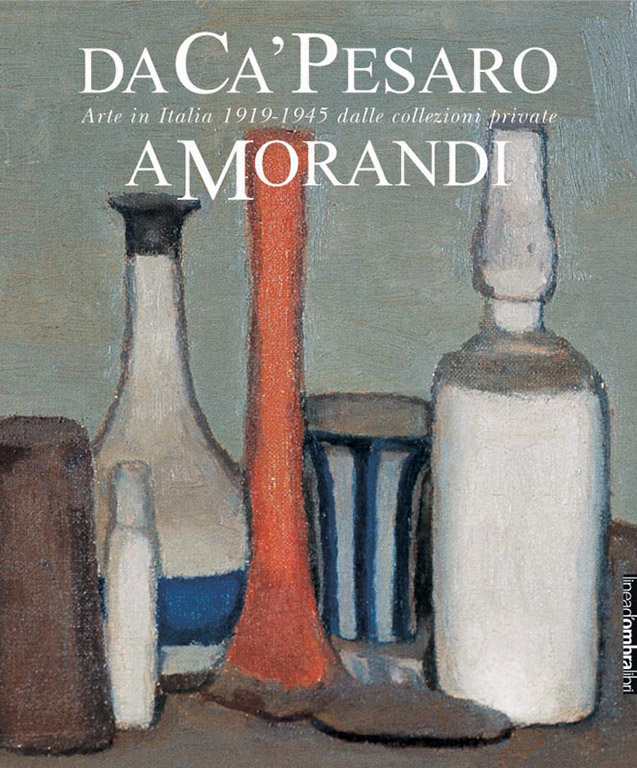
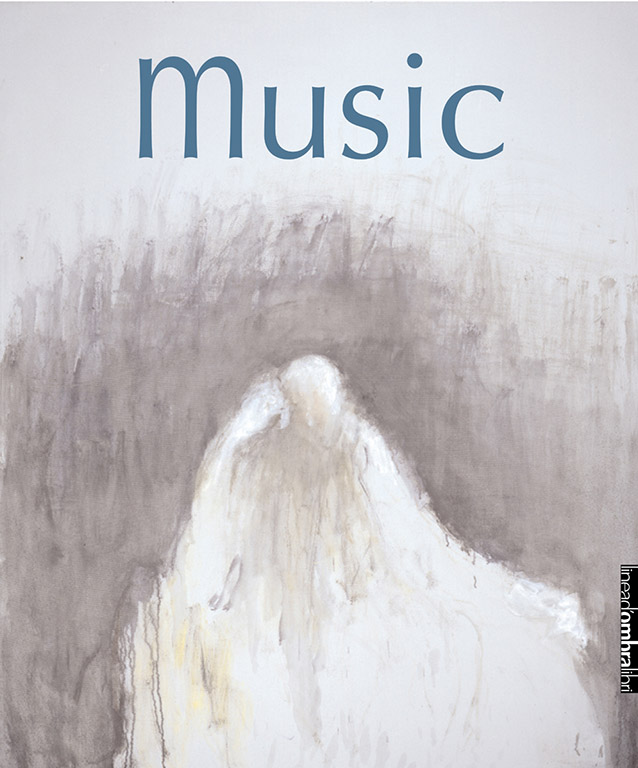
He also curated many historical exhibitions of Italian painting focusing both on specific periods and individual artists from the early decades of the twentieth century. In the first case, for example, the exhibition, Da Ca’ Pesaro a Morandi. Arte in Italia 1919-1945 dalle collezioni private, consisted of paintings from collections previously thought to have been inaccessible. In the second case, especially from 2004 to 2007 at the Museo di Santa Giulia in Brescia, after Gino Rossi, he curated exhibitions on Mafai, Francalancia, De Pisis, Licini and Pirandello.
